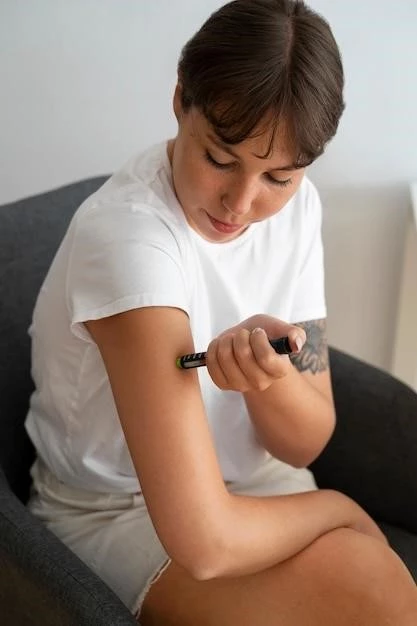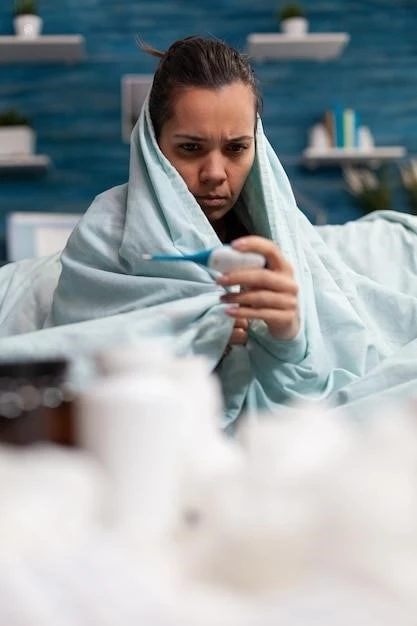Symptoms of Chikungunya
Recognizing symptoms like fever, joint pain, headache, muscle pain, and rash can help in early diagnosis and treatment.
Common Symptoms
Common symptoms of Chikungunya include sudden fever, joint pain ‒ often in the hands and feet, headache, muscle pain, and rash. Pay attention to these signs and seek medical help promptly if experienced.
Less Common Symptoms
While less common, Chikungunya may also present with gastrointestinal issues, eye inflammation, and heart complications. If you experience any unusual symptoms, consult a healthcare professional for proper evaluation and care to prevent potential complications.
Prevention and Control of Chikungunya
Prevent mosquito bites by using insect repellent, wearing long sleeves, and eliminating standing water.
Eliminate Breeding Sites
To prevent Chikungunya, remove stagnant water where mosquitoes breed, cover water containers, and clean gutters regularly. By eliminating breeding sites, you can significantly reduce mosquito populations and lower the risk of Chikungunya transmission.
Personal Protection
Protect yourself from mosquito bites by using mosquito repellent, wearing long-sleeved clothing, and installing screens on windows and doors. Taking these precautions can help reduce the risk of Chikungunya infection.

Global Spread of Chikungunya
Stay informed about Chikungunya outbreaks in different regions when planning travel and take necessary precautions.
Affected Regions
Chikungunya has spread to various regions globally, including parts of Asia, Africa, the Americas, and Europe. Stay informed about current outbreaks in these areas and take necessary precautions if traveling to or residing in affected regions to minimize the risk of infection.
Factors Contributing to Spread
Factors contributing to the spread of Chikungunya include global travel, urbanization, climate change, and inadequate mosquito control measures. Stay informed about these factors and take necessary precautions to prevent the transmission of the virus.
Chikungunya Outbreaks
Monitor official health reports to stay informed about Chikungunya outbreaks in different regions and take necessary precautions.
Recent Outbreaks
Stay up to date with information on recent Chikungunya outbreaks to assess the risk levels in your area and take preventive measures to protect yourself and your community.
Impact on Healthcare Systems
Chikungunya outbreaks can strain healthcare systems due to increased demand for services. Support healthcare providers by following prevention guidelines, seeking timely treatment, and promoting community awareness to mitigate the impact on healthcare systems.
Treatment Options for Chikungunya
Consult healthcare providers for proper pain management and medical interventions to alleviate symptoms.
Pain Management
Manage Chikungunya-related pain with over-the-counter pain relievers, rest, and applying ice packs to reduce joint discomfort. Consult a healthcare professional for personalized pain management strategies and treatment options.
Medical Interventions
In severe cases, medical interventions like anti-inflammatory medications, corticosteroids, and physical therapy may be recommended to manage Chikungunya symptoms and promote recovery. Follow your healthcare provider’s guidance for appropriate medical interventions.
Chikungunya Transmission
Understand how Chikungunya is transmitted to better protect yourself from mosquito-borne infections.
Mosquito Vector
The Aedes mosquitoes, particularly Aedes aegypti and Aedes albopictus, are the primary vectors responsible for transmitting the Chikungunya virus. Take preventive measures to reduce mosquito breeding sites and protect yourself from mosquito bites to minimize the risk of Chikungunya transmission.
Human-to-Human Transmission
Chikungunya is primarily transmitted to humans through the bite of infected mosquitoes. While rare, human-to-human transmission can occur through organ transplantation, blood transfusion, and from mother to newborn during childbirth. To prevent human-to-human transmission, healthcare facilities follow strict screening and safety protocols for blood and organ donations.
Complications of Chikungunya
Be aware of potential complications like chronic arthritis and neurological issues post Chikungunya infection.
Post-Chikungunya Chronic Arthritis
After a Chikungunya infection, some individuals may develop chronic arthritis symptoms, especially in the joints. Follow up with healthcare providers for appropriate management and treatment of post-Chikungunya chronic arthritis to alleviate discomfort.
Neurological Complications
In rare cases, Chikungunya can lead to neurological complications such as encephalitis or Guillain-Barré syndrome. Monitor for any neurological symptoms post-infection and seek immediate medical attention if any concerns arise to ensure timely intervention and management of potential complications.
Chikungunya vs. Dengue⁚ A Comparison
Learn the key differences between Chikungunya and Dengue to distinguish symptoms and seek appropriate medical care.
Similarities
Chikungunya and Dengue are both mosquito-borne viral diseases, causing similar initial symptoms such as fever, joint pain, and muscle aches. It’s important to differentiate between the two for accurate diagnosis and appropriate treatment.
Differences
Chikungunya is characterized by severe joint pain and is less likely to cause severe hemorrhagic fever compared to Dengue. Recognizing these distinctions is crucial for accurate diagnosis and appropriate management of each disease.
